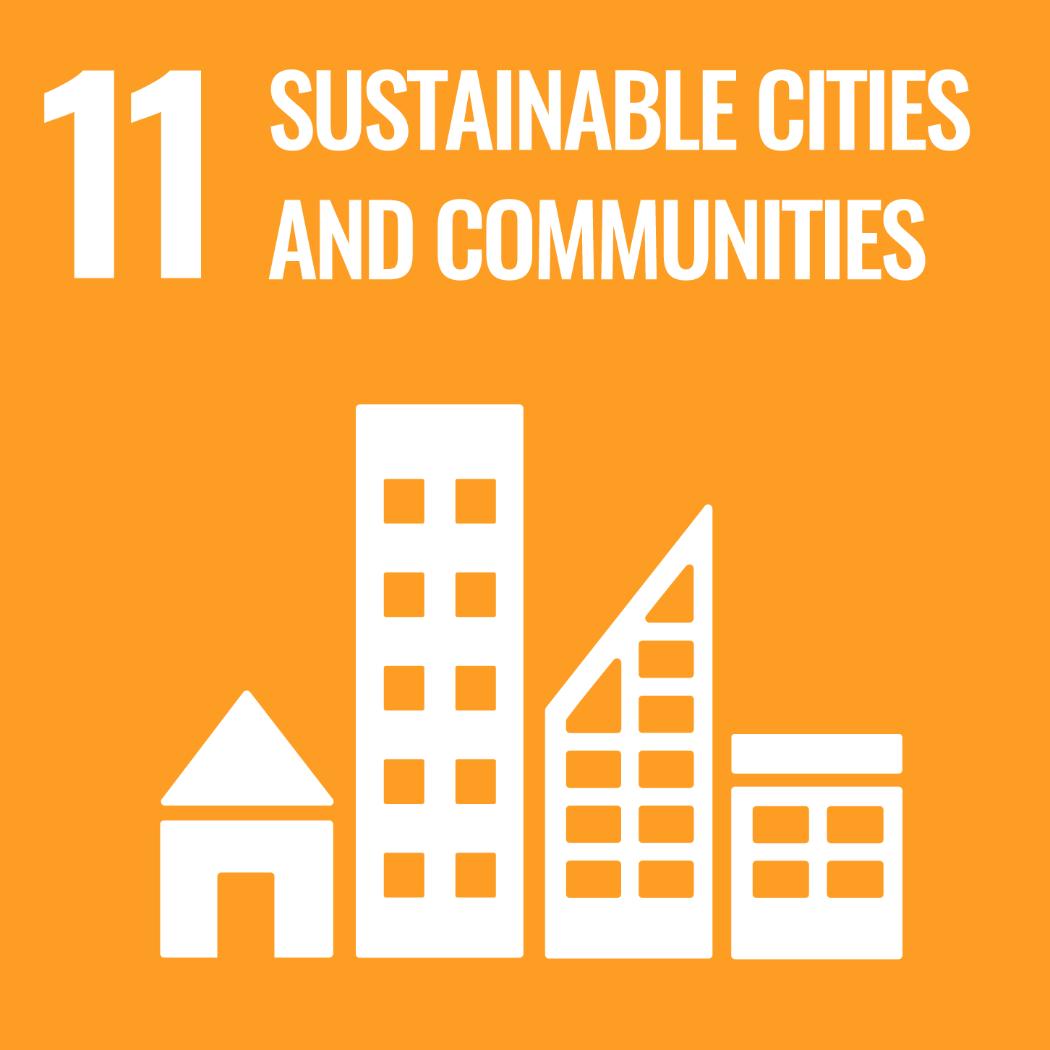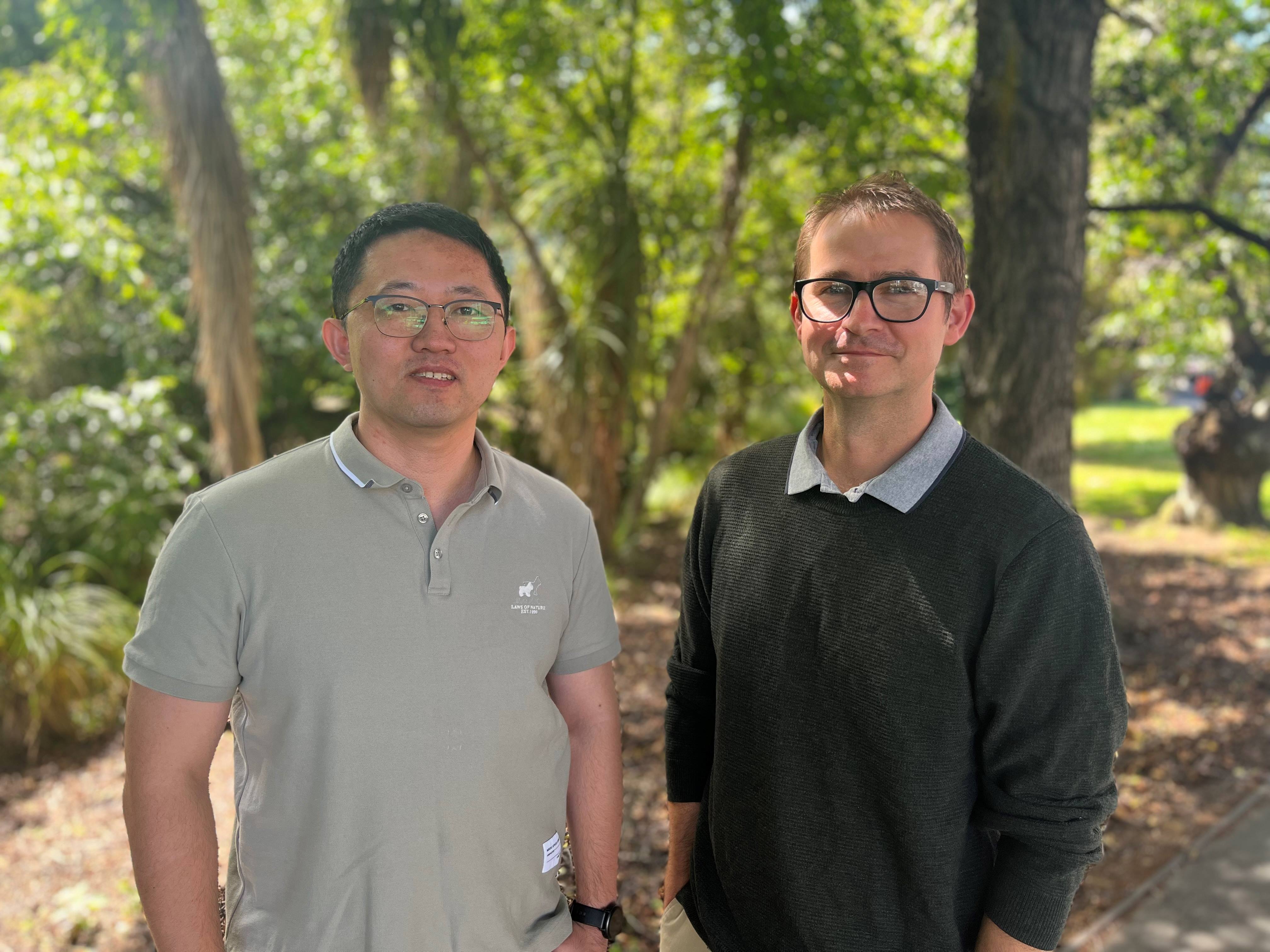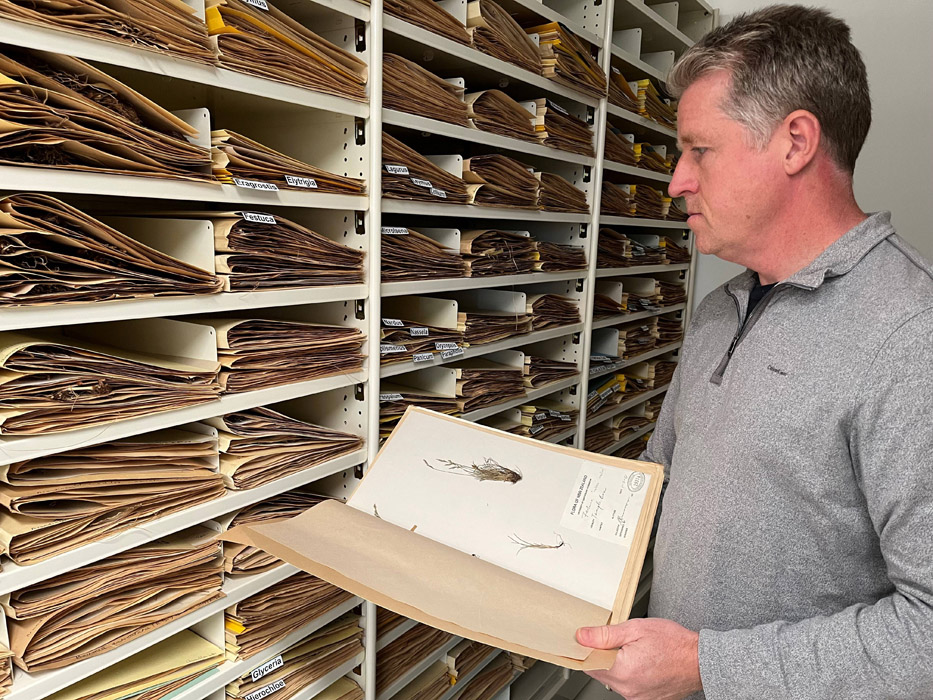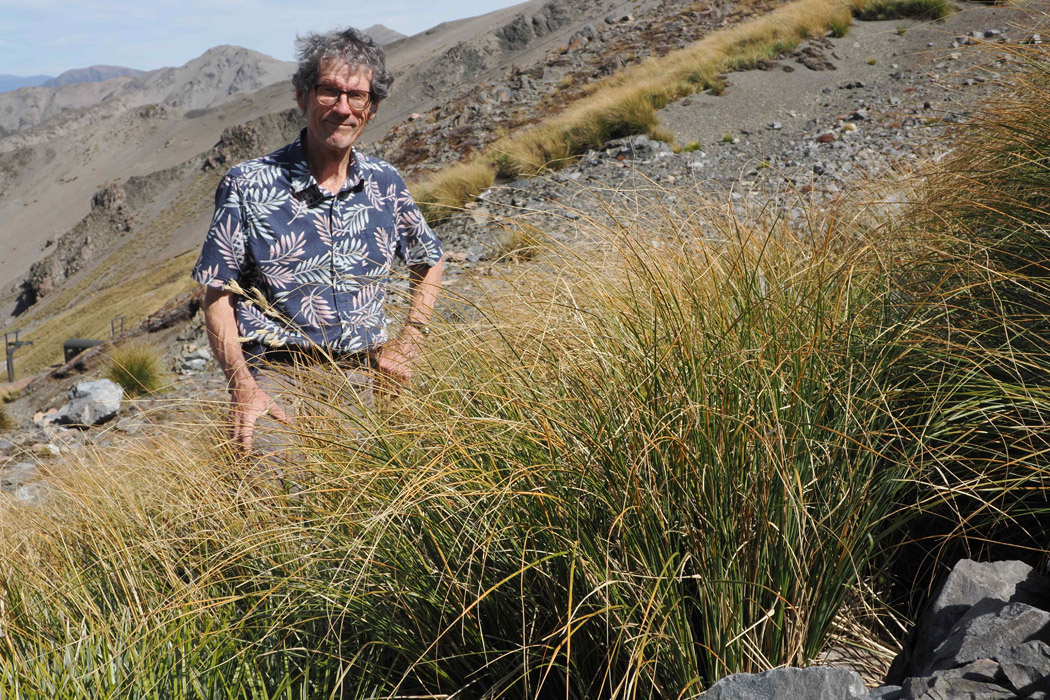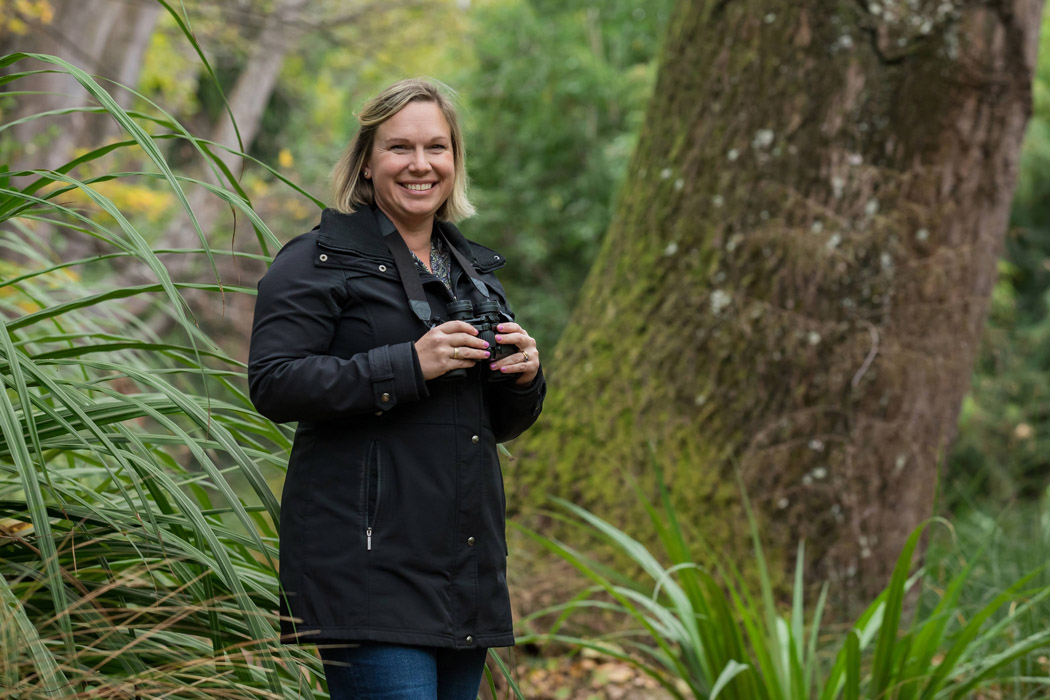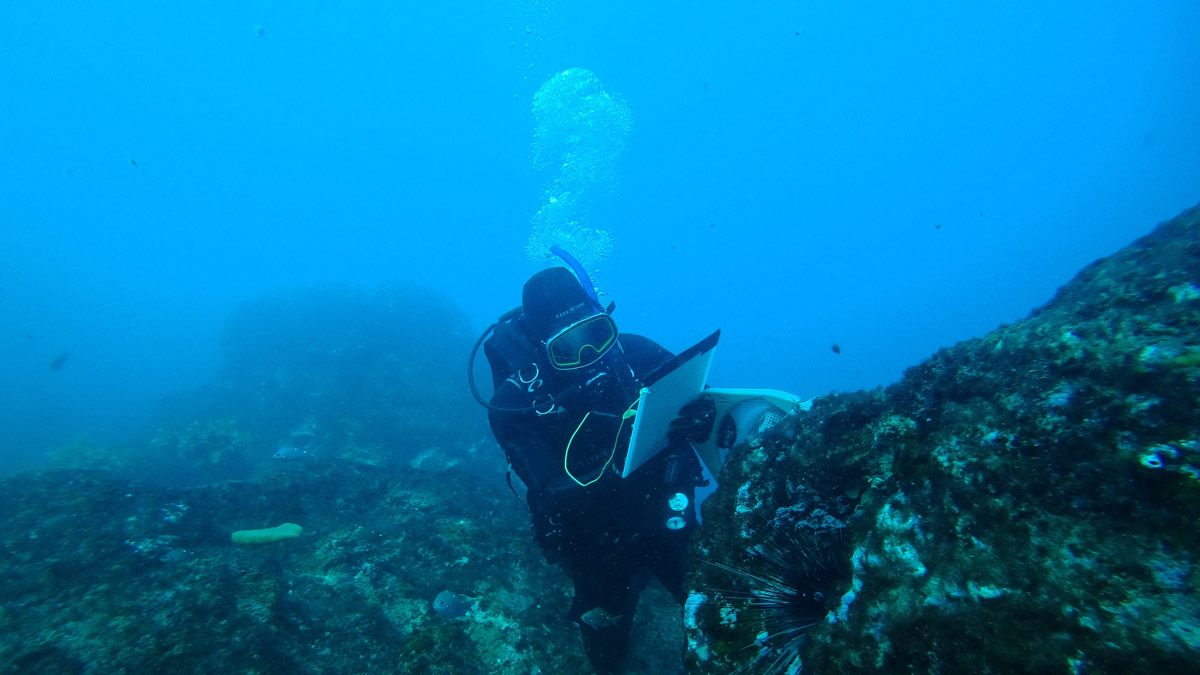School of Mathematics and Statistics Lecturer Leighton Watson’s model provides a clearer picture of the state of an epidemic, disease dynamics and infections in the community.
“While the results are not the only piece to the pule, the model could be used as an additional source of information to inform public health policy decisions and hospital capacity planning,” Watson says.
He explains the model could be used by any country where most people are connected to the wastewater system. The model could be applied nationally or regionally and help inform planning of public health responses to multiple infectious diseases.
Watson noted that over time government restrictions and testing guidelines have been eased. “At first, people would test every time they got a sore throat. Anecdotally, now it seems like many people are assuming they are just under the weather because, for example, their kids bring every single bug possible home from school.”
Watson says fewer cases could mean fewer infections or fewer people reporting. Reported cases during the second wave in July 2022 were significantly lower than in the first wave in February and March 2022. However, the model suggests that there was a substantial drop in case ascertainment between the waves and that true numbers of infections were actually similar.
Wastewater surveillance has proven to provide valuable data on COVID-19 trends in the community in New Zealand and overseas. This led the research team to investigate how clinical and wastewater data could be combined to provide a better overall picture of the pandemic.
“Everyone who lives somewhere that’s linked up to the town wastewater system is going to shed the virus into the wastewater if they have Covid. If they are plumbed into the wastewater system and we are sampling it, we can pick that up independent of whether people are testing or not” Watson says.
According to the researchers the model provides the most accurate source of data on case ascertainment rate and effective reproduction numbers currently available.
Watson and Professor Plank worked alongside research colleagues from ESR and the University of Oxford’s Department of Statistics for the study. Their research, Improving estimates of epidemiological quantities by combining reported cases with wastewater data: a statistical framework with applications to COVID-19 in Aotearoa New Zealand, was funded by New Zealand’s Ministry of Health, the Public Health Agency and the Department of Prime Minister and Cabinet.


